Rewilding efforts are supporting wildlife comeback in the stunning Velebit Mountains of Croatia. With the abundance of iconic species such as brown bears increasing in the landscape, the local rewilding team are taking steps to ensure communities can live alongside wildlife and benefit economically from its recovery.
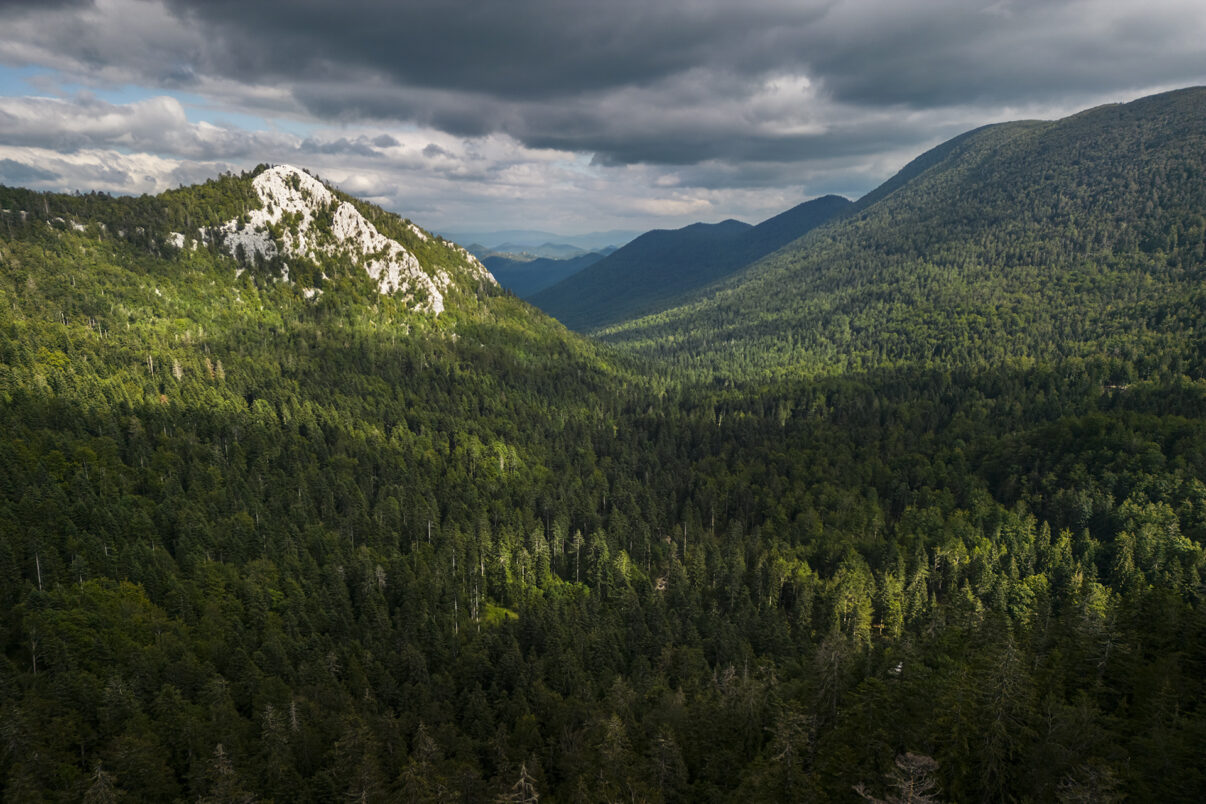
Nature for people
In partnership with Rewilding Velebit, Rewilding Europe’s work in the Velebit Mountains of Croatia is focused on transforming the management of five hunting concessions totalling nearly 30,000 hectares. Situated in the heart of the 2200 square-kilometre Velebit Nature Park, Croatia’s largest protected area, these are flanked by two national parks – the Northern Velebit and Paklenica National Parks. As wildlife populations recover within these concessions, the aim is to transition away from traditional hunting operations to wildlife watching, with five newly constructed hides becoming operational in 2023.
The Velebit Mountains, which boast an eclectic mix of habitats, are home to some of Europe’s most elusive and exciting wildlife, such as the brown bear, grey wolf, and Eurasian lynx, as well as a wide range of other animals. With more and more people now visiting the hides hoping to see these species, the recovery of nature in and around the rewilding landscape is delivering economic benefits to local communities on a growing scale.
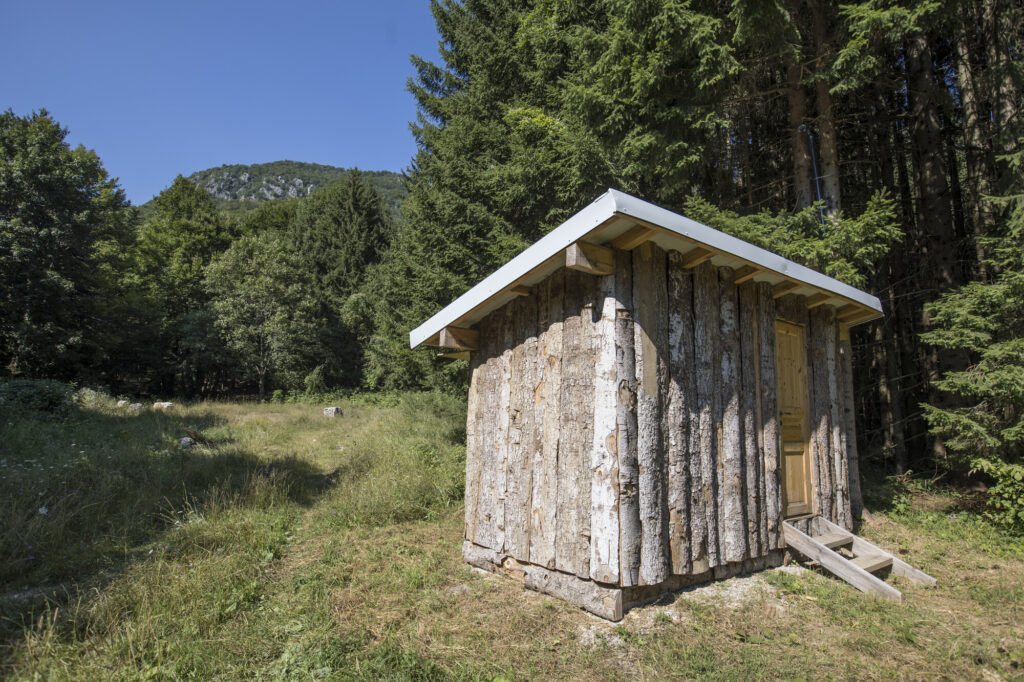
Living with wildlife
In addition to economic benefits, the Rewilding Velebit team are also taking other measures to allow and encourage people to live alongside wildlife. Supporting human-wildlife coexistence is particularly important as species such as brown bears continue to make a comeback in the landscape.
“Most of the time these measures involve installing electric fences around apiaries, orchards and crops, or helping people arrange the fences they already have in place in a better way and to make sure they’re working properly,” explains Nino Salkić, a rewilding officer attached to the Rewilding Velebit team. “This year we have already installed eight fences, and we will continue these efforts going forwards.”
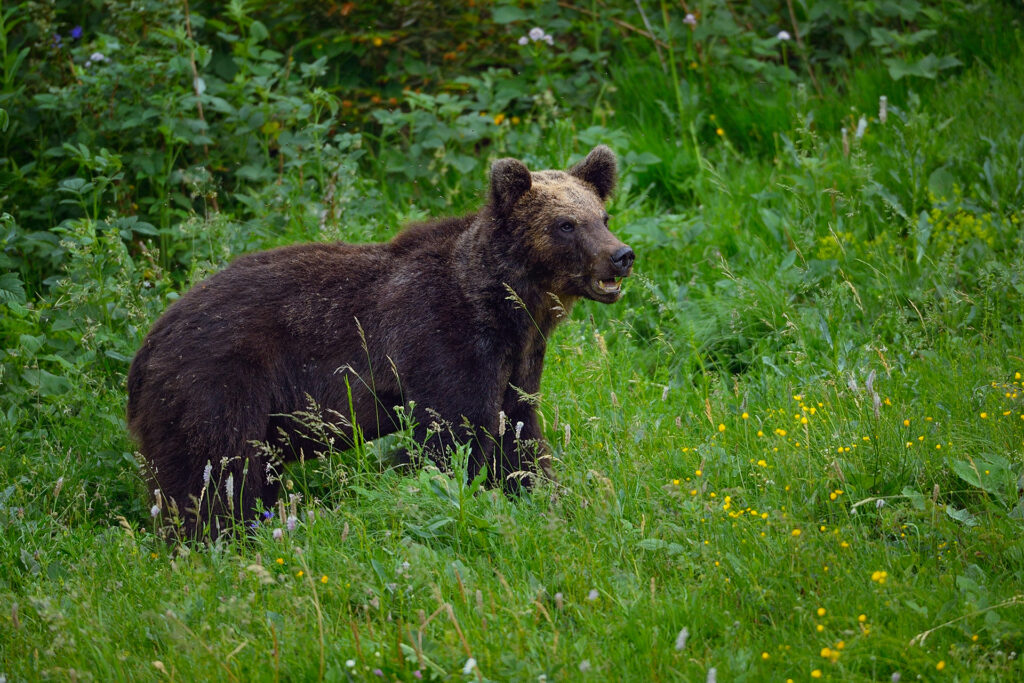
Supporting beekeepers
At the end of September, seven people attended a seminar for beekeepers in the village of Jablanac, organised by the Rewilding Velebit team. Apiaries, in particular, can attract brown bears searching for food, which means protecting hives helps to increase acceptance of bears in the landscape.
“We talked with local beekeepers about how they can prevent damage from bears themselves, as well as what we can do for them, including repairing existing fencing and installing new electric fences,” says Rewilding Velebit Communications Officer Kruno Bošnjaković. “Often beekeepers in Velebit have protective fencing in place already, but it isn’t set up correctly or well enough. We also discussed rewilding in general and ways of co-existing with wildlife.”
Honeybees can have a negative impact on wild bees by competing for food. However, in some of our rewilding landscapes, such as the Velebit Mountains, we work with beekeepers to prevent damage caused to their property and livelihood by wildlife. Rewilding embraces the role of people, and their cultural and economic connections with the land, so this aligns with one of our stated rewilding principles.
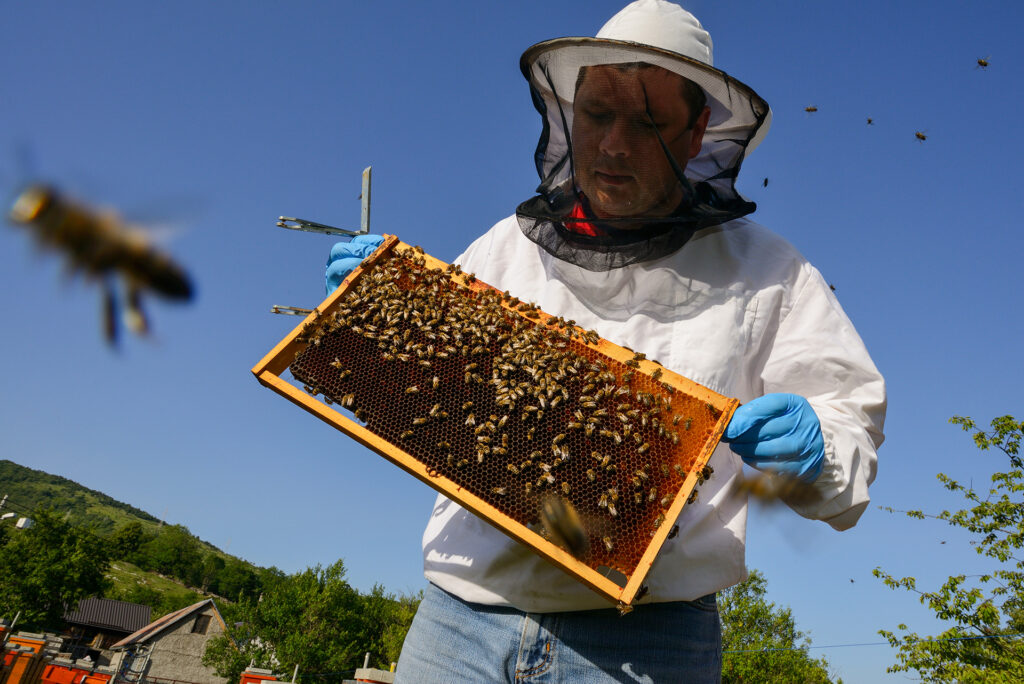
Impressive sightings
The relatively healthy condition of wildlife in the Velebit Mountains rewilding landscape was confirmed by a camera trap survey carried out in 2022.
“Over the course of 140 days, we recorded 1530 different animal sightings from the five wildlife watching hides,” says Rewilding Velebit enterprise officer Marin Rončević. “That averages over two sightings per day at each hide. Nearly a third of the sightings were recorded during the day, which is remarkable. When you take into account the fact that work was being carried out in the forest, and that some cameras occasionally failed to operate, the results are even more impressive.”
“When you mention the words ‘hunting concession’, everyone naturally thinks about the commercial hunting of wildlife,” says Nino Salkić. “But we want to move away from the conventional hunting concession model and show that you can earn significant, reliable, long-term income through tourism based on wildlife watching. Supporting the comeback of a wide range wildlife species in abundant numbers is critical to this, so to see wildlife sightings around our hides increasing is great news.”
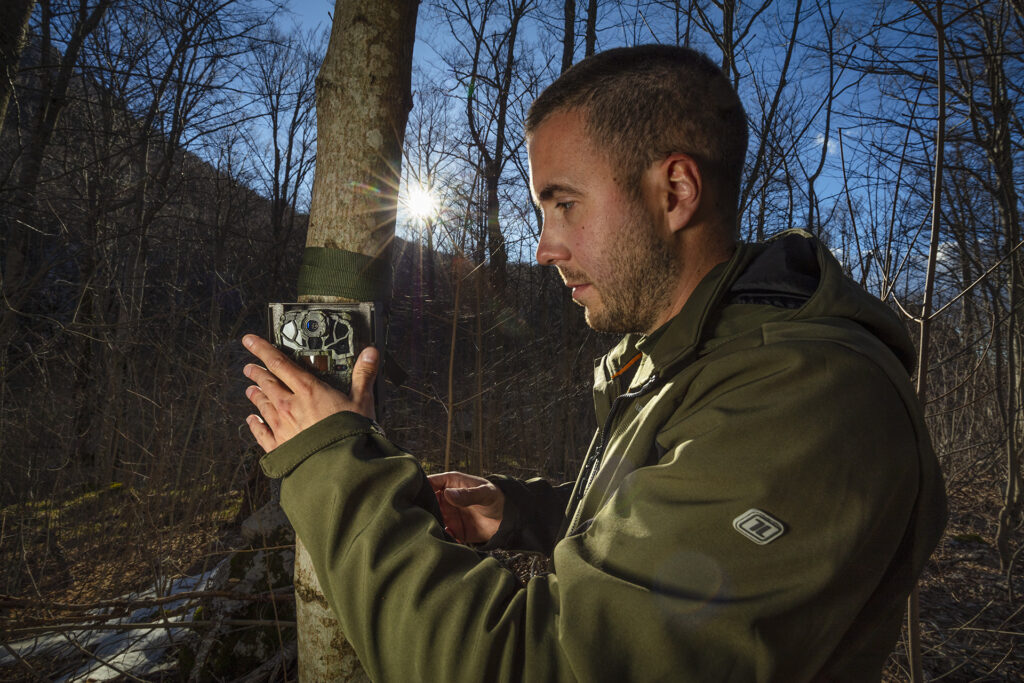
Economic benefits
Tourism based on the new, fully operational hides kicked off in the spring of 2023, with the Rewilding Velebit team seeing a growing number of bookings. SKUA Nature – who helped to design the hides as one of Europe’s leading wildlife photography organisations – will begin selling photo safaris when wildlife abundance has reached a certain threshold.
“So far this year we have had 15 groups of guests, totalling around 50 people,” says Marin Rončević. “Through wildlife tourism this means we have generated an income of around 7000 euros. Half of this will be reinvested in nature, while more than 2000 euros has gone to local providers of food, accommodation, and transport.”
“The hides are already starting to have a positive socio-economic impact,” says Marin Rončević. “This is great news too, because it helps to build more support for our rewilding efforts.”
Last year Nino Salkić trained up a number of guides from the local area who are now taking visitors on hiking tours and photo safaris. In addition, the Rewilding Velebit team pay local people to clean and maintain the hides.
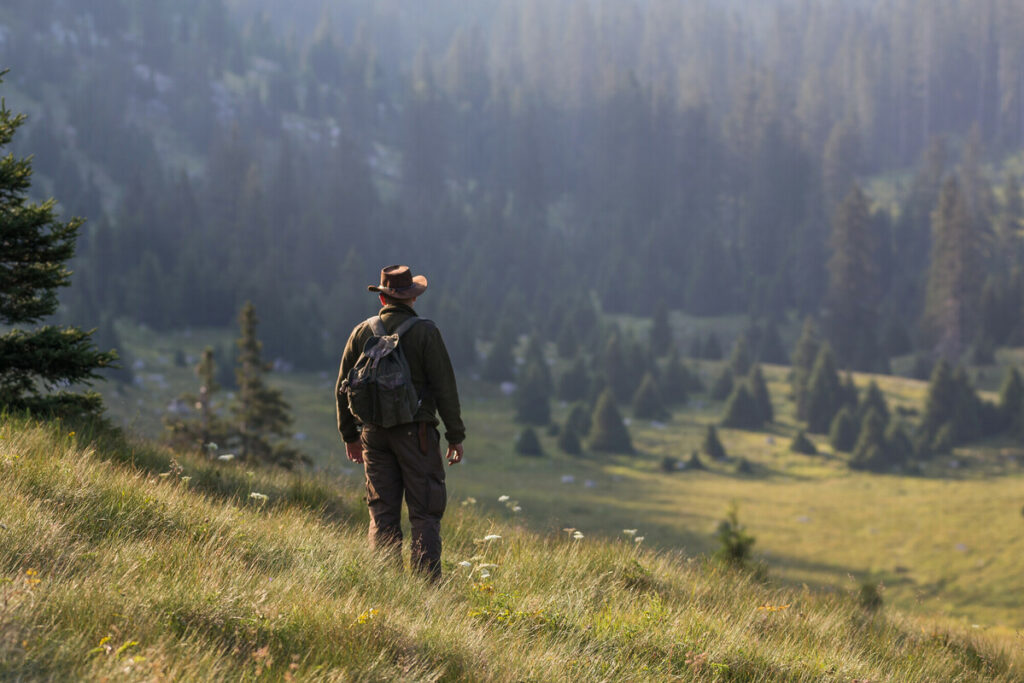
Scaling up
In December 2022, Rewilding Velebit signed a memorandum of understanding (MoU) with several neighbouring hunting concessions, as a first step in establishing good relations and best practice on issues such as respecting borders, poaching prevention, wildlife management, and informing others about plans to establish activities such as photo safaris.
In January 2023, the Rewilding Velebit team began working with Mišo Zalović, an MoU signee and owner of the Vrebac hunting concession – which is located adjacent to the Velebit Mountains rewilding landscape – to construct his first wildlife watching hide. This is now complete, with the first visitors planned for spring next year. Nearly 2000 hectares of Zalović’s 12,640-hectare concession has been put aside as a protected area for wildlife.
“Velebit’s wealth is its biodiversity”, says Zalović. “There must always be enough food and peace for predators, such as bear, wolf and lynx, and also for roe deer, red deer and chamois. I have been a hunting concession owner for 26 years and I support the option of tourism without hunting because I can see it has a bright future here.”
